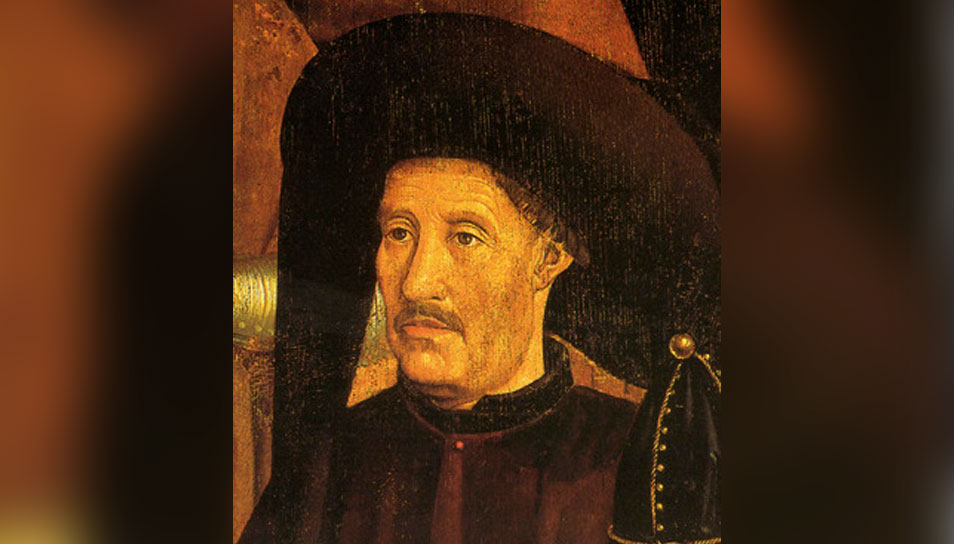Explorer
Prince Henry the Navigator

Prince Henry the Navigator Biography
Henry of Portugal (March 4, 1394 – November 13, 1460) was born in Porto, Portugal. Prince and navigator considered one of the key figures in the development of maritime companies in Portugal. Enrique was the third son of Juan I of Portugal and Felipa de Lancaster, as well as his brothers, Duarte and Pedro, received appropriate training with an emphasis on politics and literature, as well as military strategy and tactics, area in which he stood out from an early age. After participating in the conquest of Ceuta in 1415, he was appointed governor and received the title of Duke of Viseu and Lord of Covilha, subsequently organized and promoted various expeditions along the coast of Africa, which were aimed at commerce and evangelization.
Prince Henry of Portugal was instructed from an early age, receiving adequate training, in which emphasis was given to politics and literature, while he was interested in the study of mathematics, an area in which he later stood out. He was instructed in the art of war, learning military strategies and tactics, which he used years later.
During his academic training, he cultivated his passion for knowledge influenced by his brothers, Duarte and Pedro, prominent humanists. Towards the middle of the 1410s, after finishing his academic training he actively participated in the conquest of Ceuta (1415), a campaign of which he was part of being only 21 years old. When the territory was conquered, he was appointed governor of Ceuta, shortly thereafter he returned to Portugal where he was recognized with the titles of Duke of Viseu and lord of Covilha.
Expeditions and Portuguese colonial expansion
After the conquest of Ceuta, he settled in Sagres, where he founded a naval study center that gave emphasis to the teaching of geography, nautical and astronomy. This institution was attended by leading cartographers and navigators of the time, who were part of the group of navigators who carried out the maritime companies through which the Portuguese empire expanded in Africa. While directing the naval study center, Henry of Portugal moved away from courtly life and focused on the development of strategies and companies that allowed Portugal to dominate the Atlantic Ocean, which was described by the imaginary of the time as a place of monsters and misadventures.
The navigator planned and sponsored numerous expeditions to the African continent, companies whose purpose was the expansion of the Portuguese colonial territory and the evangelization of the African continent. It is worth mentioning that Henry was a great master of the Order of Christ, an order that followed part of the precepts of the Order of the Temple, condemning the infidels and forcing the populations to convert to Christianity. Because of this, the native populations of Africa faced one of the most difficult moments in their history, being forced to work as slaves. The first expedition organized by El Navegante led to the discovery of the island of Porto Santo in 1418, by the navigator Bartolomé Perestrello.
The following year, Juan Gonzalves Zarco and Tristán Vaz Tejeira arrived at Isla de Madera, where they settled down, shortly after several animals and plants were introduced to the territory that allowed the development of the colony in the place. At the beginning of the 1430s, Gonzalo Velho Cabral discovered Santa María, an island in the Azores archipelago. These companies placed the name of the infant high. However, he was not satisfied with what was achieved, since he expected his men to cross the Atlantic Ocean going further than any European navigator, to achieve this company he carried out various studies and plans, which ended in the 1430s, at which time he ordered the preparation of a ship with all the necessary supplies for such a feat, this ship was captained by his squire Gil Eannes. Under the direction of Eannes, the ship began its journey towards the Atlantic reaching the Canary Islands, without daring to continue along the African coast.
In 1434, he convinced Eannes to continue the journey along the African coast, a company that was the beginning of a series of great discoveries in the African territory.
In 1443, Nuno Tristão discovered Cabo Blanco, followed by the island of Arguin, where the infant established a factory and three years later he arrived at the mouth of the Gambia River. In the mid-1440s, Juan Fernández and his men entered the African territory along the Sudan coast, arriving in the territory of the Tuaregs, becoming the first Europeans to explore the continent, their notes on travel and customs of the tribes were taken by the historians of the time. Shortly after, Álvaro Fernández discovered Sierra Leone.
The last expedition sponsored by Henry led to the discovery of Gambia, by Luis de Cadamosto and Antonio Molle, also, the Cape Verde archipelago was discovered by Diego Gómez in 1460. On November 13, 1460, the prominent Portuguese prince died, thanks to his patronage were carried out important maritime companies that drove the expansion of the Portuguese colonies, their efforts were of great importance in the companies of Bartolomé Díaz and Vasco da Gama.
















































